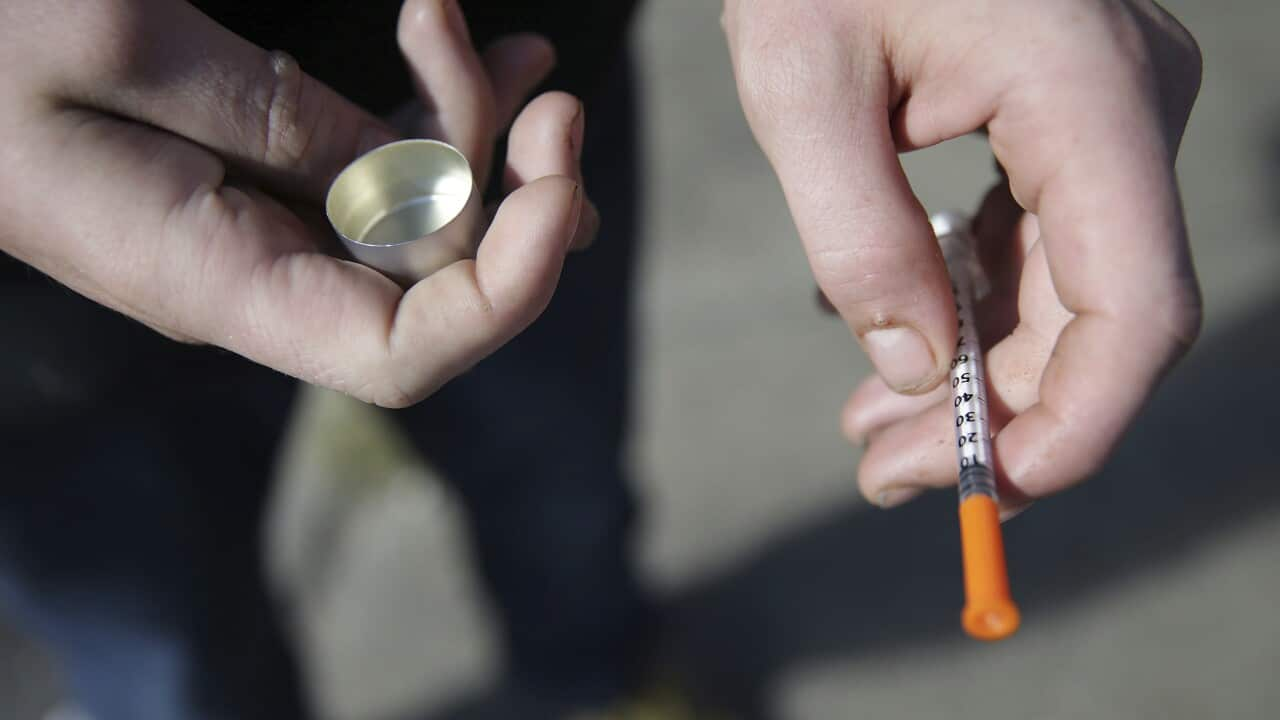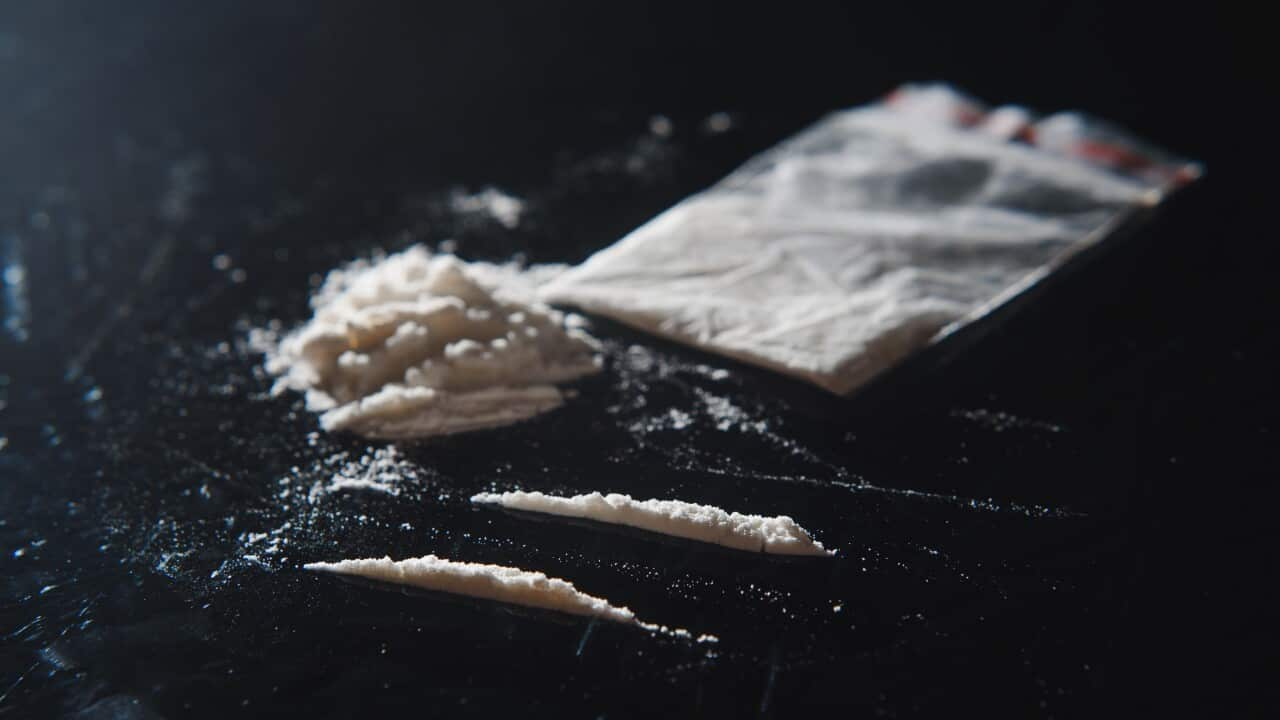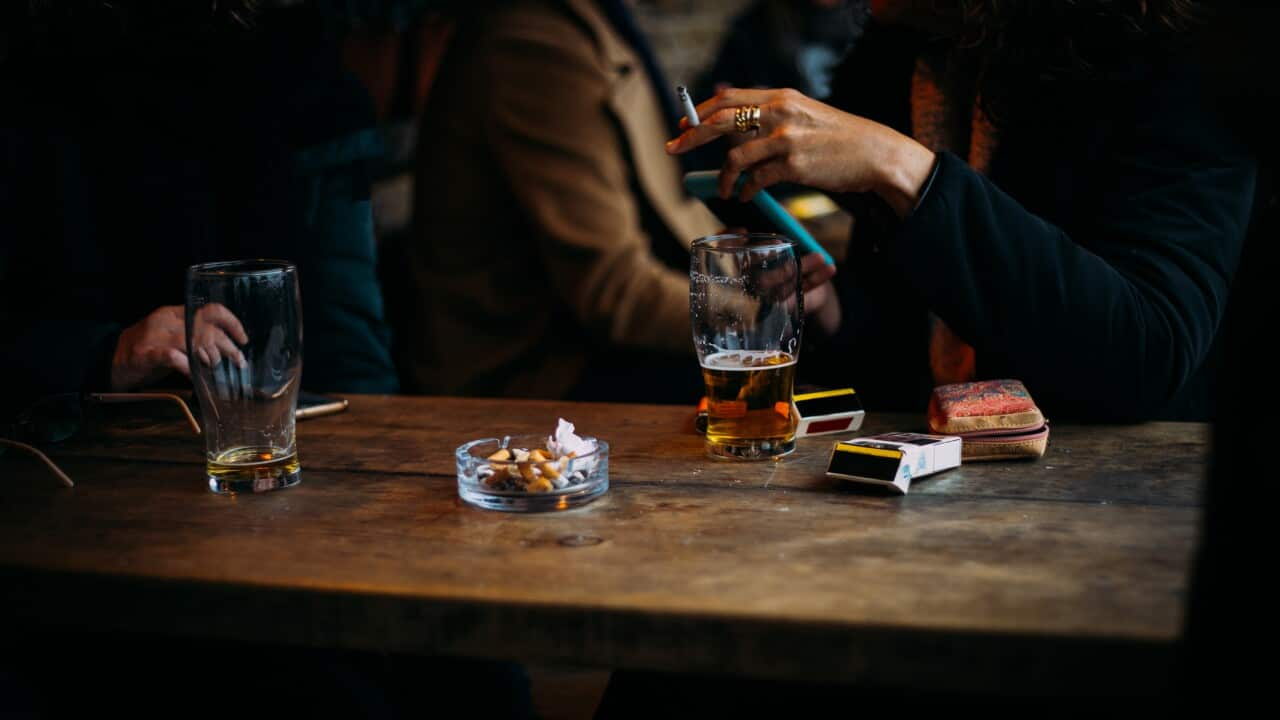Key Points
- Wastewater analysis has shown significant growth in the consumption of illicit drugs in Australia.
- Methylamphetamine (ice), cocaine and heroin were all found at record highs.
- It has boosted the illicit drug trade, with an estimated $11.5 billion being spent.
Australians consumed more than 20 tonnes of illicit drugs worth billions of dollars between August 2023 and 2024.
Analysis of wastewater by the Australian Criminal Intelligence Commission (ACIC), in partnership with universities, detected a growth in the consumption of major illicit drugs around the nation.
Methylamphetamine (ice), cocaine and heroin were all found at record highs in the latest analysis, which started in 2016.
More than 22 tonnes of the three drugs, as well as MDMA (ecstasy), were consumed in Australia in the year to August 2024, according to the wastewater analysis.
It has boosted the illicit drug trade and the profits for organised criminals, with an estimated $11.5 billion being spent.
Cocaine use rose 69 per cent from the previous year, MDMA 49 per cent, and heroin by 14 per cent.
ACIC drug specialist Shane Neilson said the market was rebounding after consumption dropped amid tighter border controls and lockdowns during the COVID-19 pandemic.
Large profits from a consumer base willing and able to pay higher prices than other global markets are driving the business.
Drug traffickers will throw tonnes of product at Australia's borders, knowing whatever gets through will make enough money to outweigh losses from seizures, some of which outweigh total detected annual consumption, Neilson said.
"It's just a relentless determination of transnational and domestic serious and organised crime groups to continue to supply the Australian market," he said.
Organised crime groups are also thought to be fuelling a rise in illicit tobacco, but while nicotine consumption reversed a decline in the second half of 2024, it's impossible to determine what proportion of it was obtained on the black market.
Ketamine use is also on the rise.
Forensic analysts believe the majority of the general anaesthetics being consumed is imported and illicit, with the drug's use in medical and veterinary settings less prevalent.
It's the same for cannabis, despite thousands of people being medically prescribed it.
"Although the number of users of medicinal cannabis is increasing, it's small relative to the overall use of cannabis," Neilson said.
The nation's multi-billion-dollar splurge on illicit drugs sends profits solely to organised criminals, ACIC said.
"There is no taxation on these profits and economically it does have an impact," Neilson said.
The latest National Drug Strategy Household Survey suggests nearly one in two Australians aged 14 and over (10.2 million people) had used an illicit drug at some point in their lifetime, including the non-medical use of pharmaceuticals.
An estimated one in five (3.9 million) used in the past 12 months.
Readers struggling with their use of alcohol and other substances can contact the National Alcohol and Other Drug Hotline on 1800 250 015 for free and confidential support 24 hours a day, 7 days a week. More information is available via Lifeline.
Share



